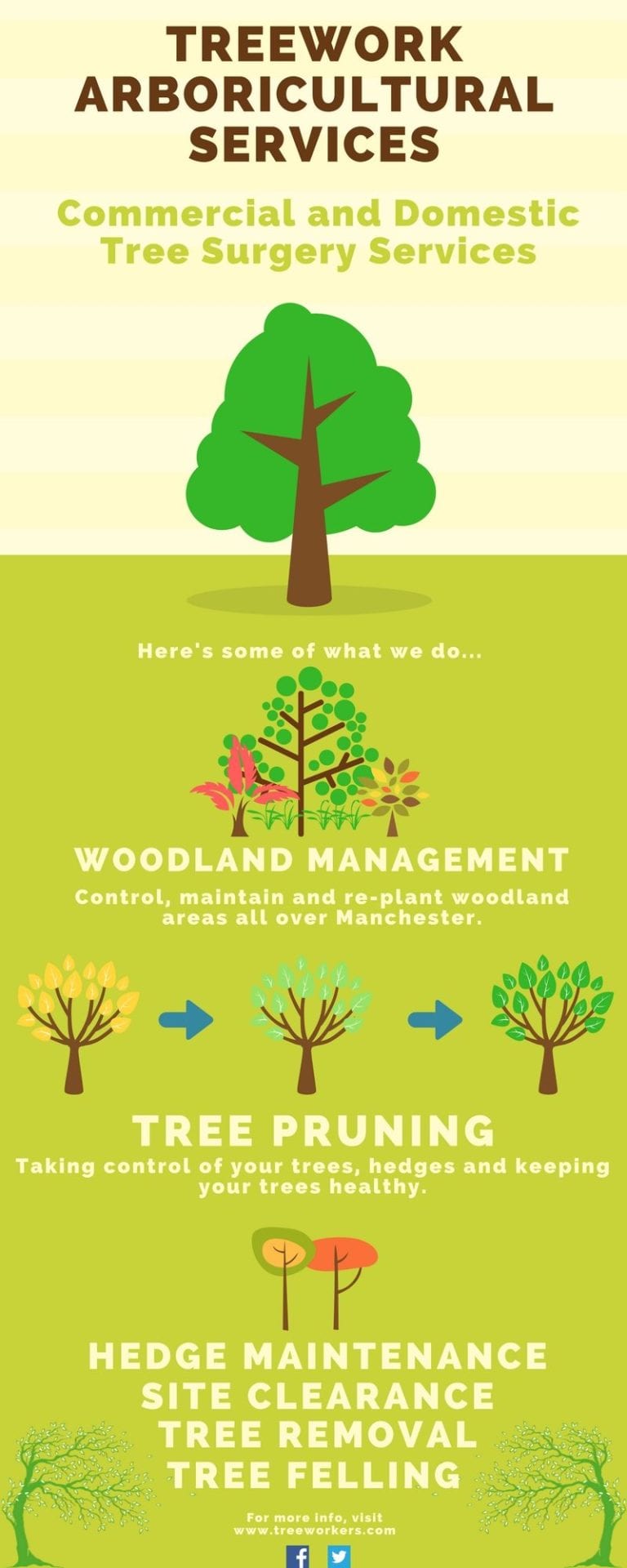The Effects Of Getting Rid Of Trees On The Community: What You Need To Comprehend
The Effects Of Getting Rid Of Trees On The Community: What You Need To Comprehend
Blog Article
Team Writer-Franck Boyette
When it comes to the environmental influence of tree removal, there are critical elements that require your interest. From https://www.bobvila.com/slideshow/10-outdoor-living-ideas-to-steal-from-california-51016 of partnerships within ecological communities to the succeeding results on climate patterns, the repercussions are profound. You may be surprised to discover the detailed ways in which the removal of trees can reverberate throughout the environment. Keep tuned to untangle the intricate links and ramifications of this seemingly uncomplicated act.
Logging and Environment Loss
Logging and environment loss are vital concerns stemming from tree elimination. When trees are reduced, it interrupts whole environments. Not just are the trees themselves shed, yet the homes and food resources of countless plant and pet types are destroyed too. Birds lose their nesting sites, mammals shed their sanctuary, and pests shed their habitats. The effects ripple via the food web, influencing killers and victim alike.
Additionally, logging contributes to climate adjustment. Trees play a critical duty in absorbing carbon dioxide, a greenhouse gas that traps warmth in the environment. With fewer trees, there's much less carbon dioxide absorption, leading to enhanced levels of this gas in the environment and exacerbating global warming.
Habitat loss is a direct outcome of logging, as the damage of woodlands indicates the loss of unique and diverse communities. Many species are incapable to adjust to rapid modifications in their setting, causing population declines and, sometimes, termination.
Securing forests is necessary to maintaining the fragile balance of nature and guaranteeing the survival of countless plant and animal types.
Influence on Biodiversity
The removal of trees has a substantial impact on biodiversity, influencing the range and abundance of plant and pet species in an area. Trees offer habitat and food resources for numerous microorganisms, from insects to birds to mammals. When trees are eliminated, these varieties lose their homes and resources of nourishment, resulting in a decrease in their populaces. This disruption can have cascading results on the whole community.
Moreover, trees play an essential function in preserving biodiversity by developing microhabitats within their covers, trunks, and roots that sustain a variety of species. When trees are lowered, these specialized atmospheres are destroyed, decreasing the general diversity of the location.
Furthermore, the removal of trees can cause a decline in hereditary variety within plant populations, as particular tree varieties might no longer have the ability to replicate or spread effectively. Securing trees and woodlands is important for maintaining biodiversity and ensuring the health of communities for future generations.
Dirt Erosion and Climate Change
With trees being gotten rid of from a location, the disturbance of soil structure and stability occurs, causing raised dirt disintegration. Trees play an important duty in stopping disintegration by holding soil in place with their root systems. When trees are removed, especially in multitudes, the dirt becomes much more at risk to erosion from wind and water. This erosion not just affects the immediate surroundings but can additionally result in sedimentation in neighboring water bodies, influencing water quality and marine communities.
Furthermore, trees help regulate the climate by taking in carbon dioxide during photosynthesis. When trees are reduced, this natural carbon sink is lessened, contributing to boosted levels of greenhouse gases in the ambience. This can exacerbate environment change, resulting in more severe weather occasions and disturbances in ecological communities worldwide.
As a result, the removal of trees not just increases dirt erosion but additionally plays a role in the larger environmental issue of environment change. It's critical to consider these elements when evaluating the influences of tree removal on the setting.
Verdict
Since you know the ecological impact of tree removal, think about the repercussions before reducing trees. Logging Learn Alot more Here , reduces biodiversity, and adds to soil erosion and climate modification. By being mindful of the impact of tree removal, you can assist safeguard our atmosphere and preserve the fragile balance of nature. Make educated selections and consider alternate options to reduce the adverse effects on our world.
